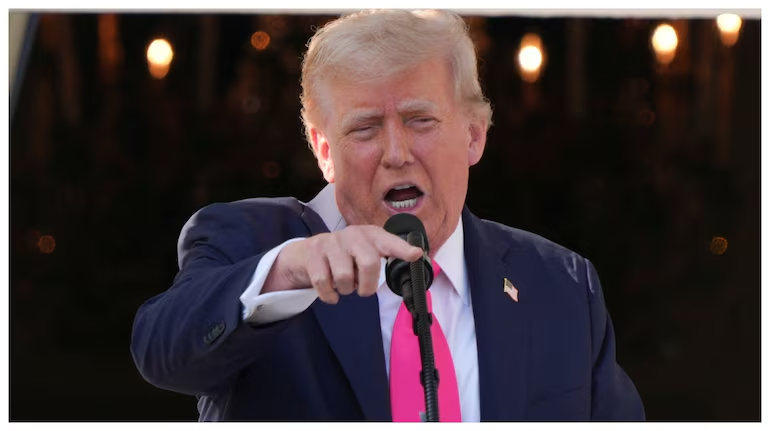Trump Tariff Letters 2025: 5 Urgent Updates on US Tariff Strategy
- Abhishek

Trump tariff letters 2025 signal a major shift in US trade policy as President Trump signed notification letters to 12 countries, setting out the tariff rates they will face from August 1, 2025. This take‑it‑or‑leave‑it approach marks a departure from traditional trade negotiations and could reshape relationships with key partners.
1. Letters Signed, Mailed Monday
On July 5, 2025, President Trump confirmed he had signed letters addressed to 12 unnamed countries . These letters will be dispatched on the upcoming Monday, detailing the tariff rates these nations will be subject to later this summer. The move underscores Trump’s preference for direct unilateral action rather than protracted negotiation, a tactic he summed up as “The letters are better… much easier to send a letter” .
2. Tariff Rates Range from 10% to 70%
The letters outline a tiered tariff structure: everyone receives an initial 10% duty, with the possibility of escalating rates up to 70%, depending on their trade stance with the US(). Earlier indications suggested rates from 60% to 70% for some nations(), reflecting increasing trade pressure and targeted leverage.
3. Pause Ending July 9, With Enforcement from August 1
Trump’s April-imposed 10% baseline tariff had enjoyed a 90-day pause, intended to give room for negotiations. That pause ends on July 9; letters will be sent shortly before this date. The tariffs will officially kick in on August 1 if deals are not reached .
4. Only UK and Vietnam Avoid the Hike
So far, only the United Kingdom and Vietnam successfully negotiated deals that shield them from steeper tariffs . The UK preserved its 10% base rate while earning concessions in sectors like automotive and aerospace. Vietnam secured a reduced rate of 20% and gained duty-free access for select American goods. In contrast, trade talks with the European Union, Japan, India, and other partners remain unresolved .
5. Trade Negotiation Strategy Overhaul
This move marks a strategic pivot. The Trump administration initially pursued a goal of 90 trade deals in 90 days, but that ambition struggled to materialize . Frustrated with slow progress, Trump now prefers issuing letters—clear, fast, and backed by imminent enforcement—illustrating a more aggressive trade posture .
What This Means for Global Trade
-
Countries under pressure: Nations like Japan, the EU, India, South Korea, and Canada have not sealed comprehensive deals and now face steep tariffs. Panic-driven diplomatic efforts may intensify in the coming weeks.
-
Inflation & consumer impact: Increased tariffs translate to higher import costs for US consumers, especially on electronics, appliances, and autos. The Federal Reserve has warned of inflationary fallout, though Trump views it as foreign countries shouldering the burden().
-
WTO implications: With the WTO’s appellate body effectively out of commission, legal challenges to these tariffs may struggle. Critics argue this reflects long-term uncertainty in global trade dispute resolution .
Next Key Dates & Scenarios
-
July 7–9: Letters are sent and negotiations intensify. Countries may rush to secure deals or align with the US terms.
-
August 1: If no agreement is reached, the specified tariffs take effect.
-
Post‑August: Watch for deal announcements, retaliatory threats, or unilateral tariff enforcement. The US approach suggests selective deals for compliant partners and punitive barriers for others.
Conclusion
The Trump tariff letters 2025 initiative represents a decisive turn: from negotiation-first to letter-first strategy. It pressures trade partners with looming deadlines and steep tariffs, while prioritizing speed and leverage over collaborative diplomacy. As the August 1 enforcement date nears, global trade faces a critical test—will countries negotiate, comply, or confront?








